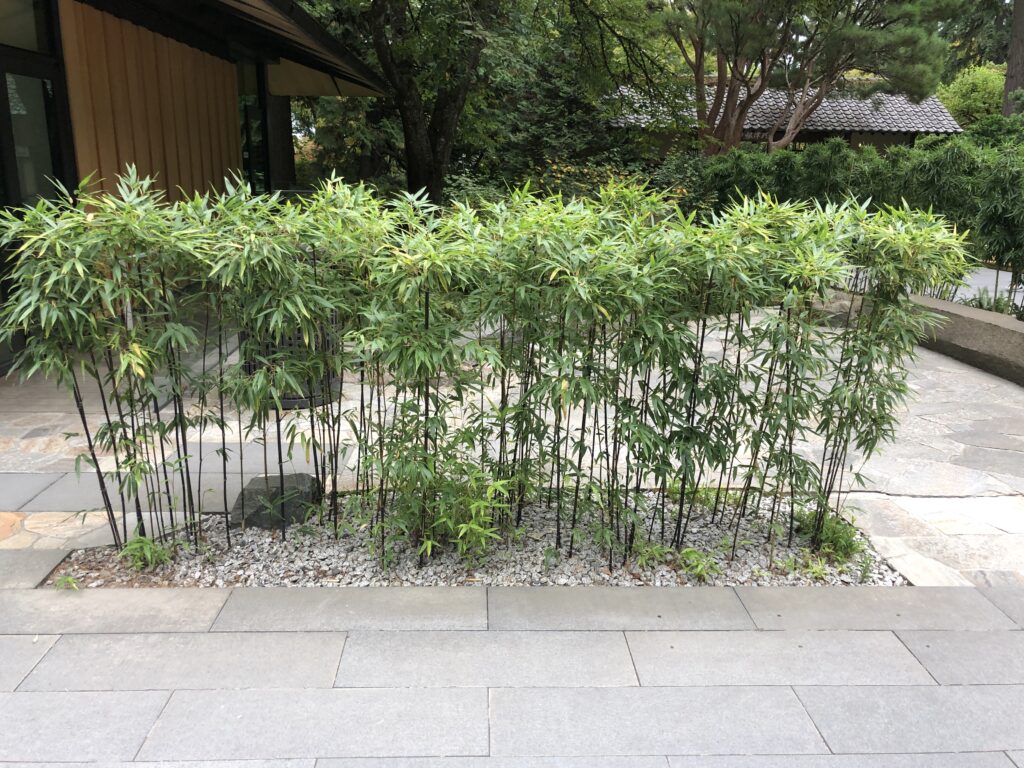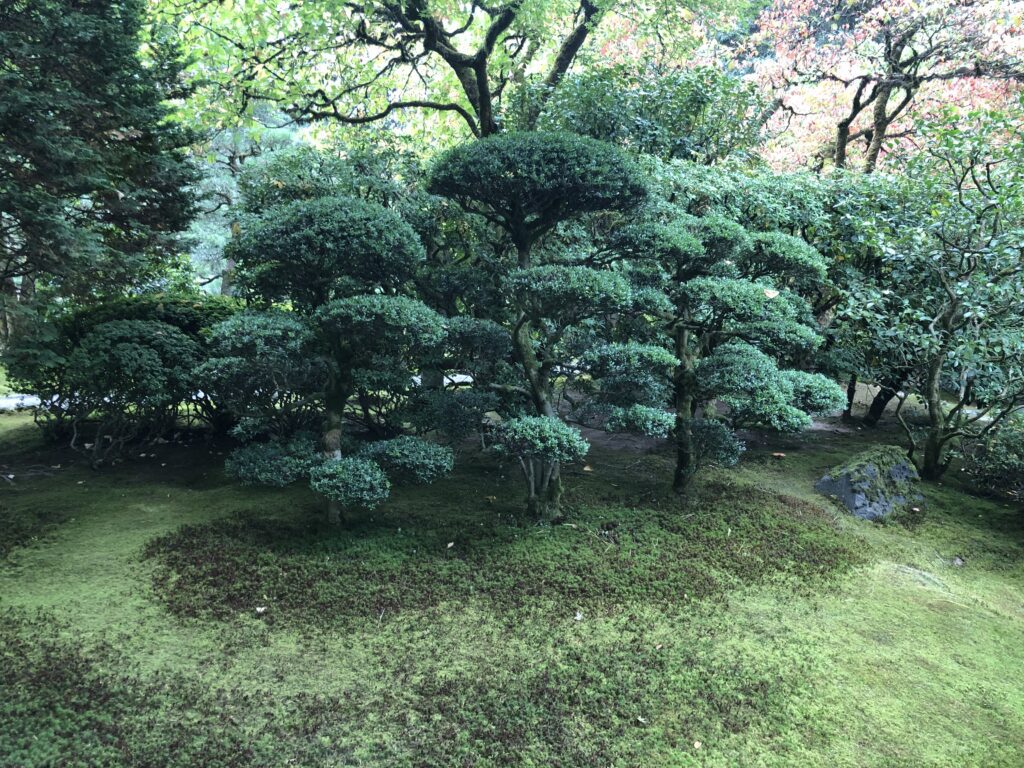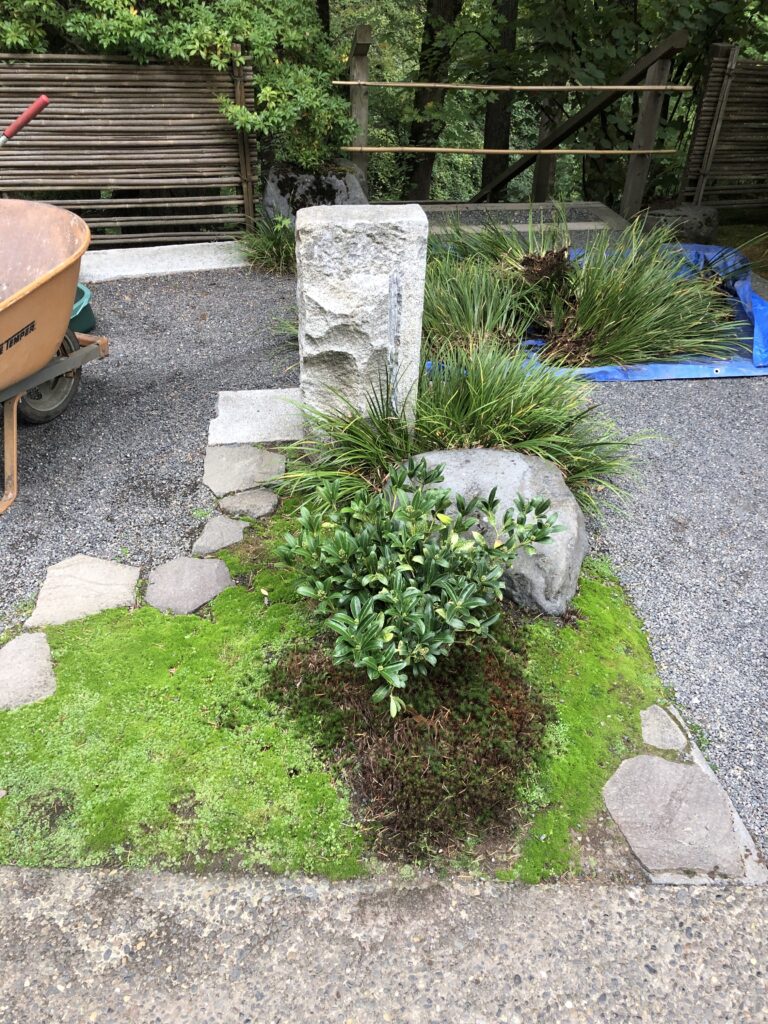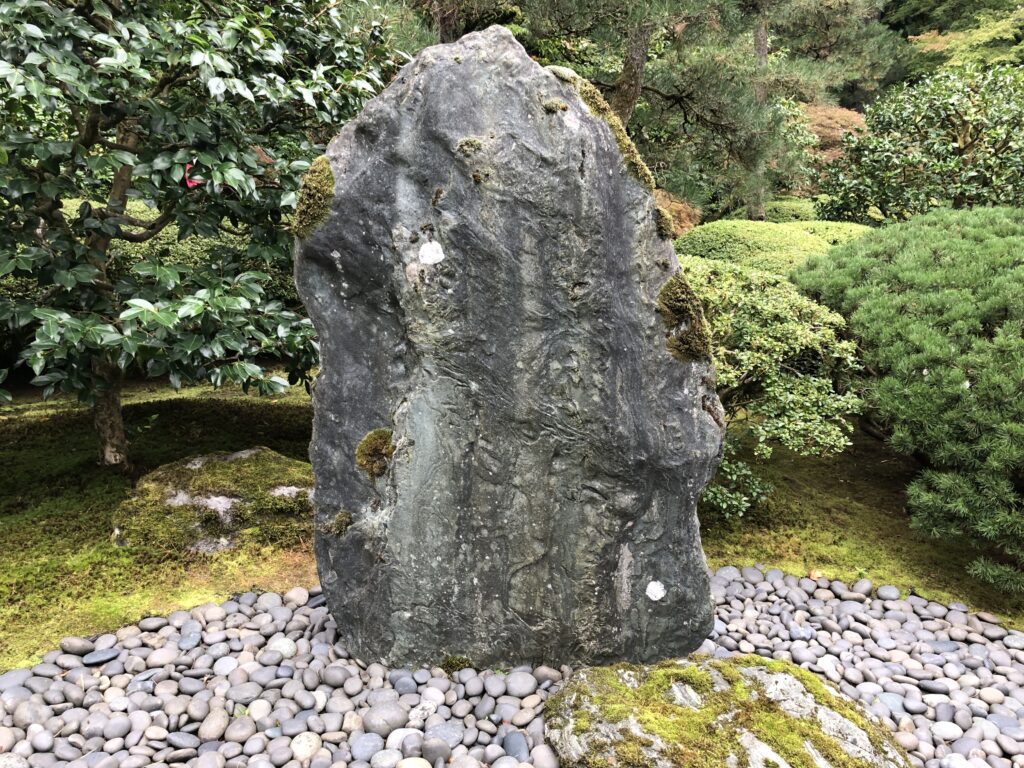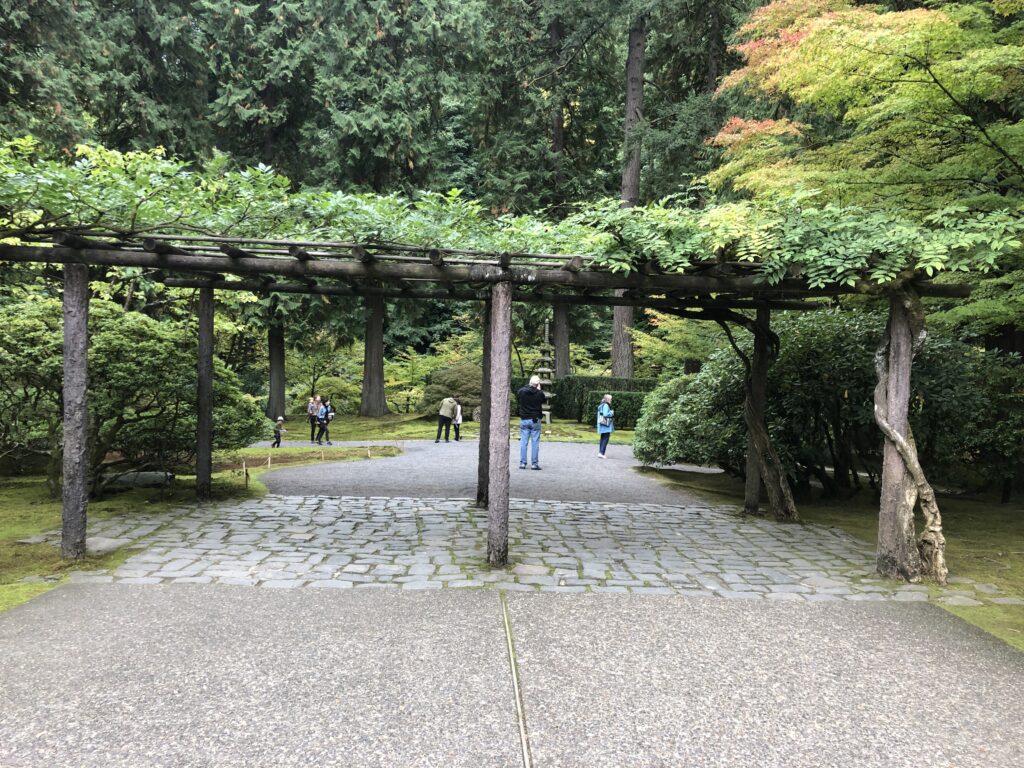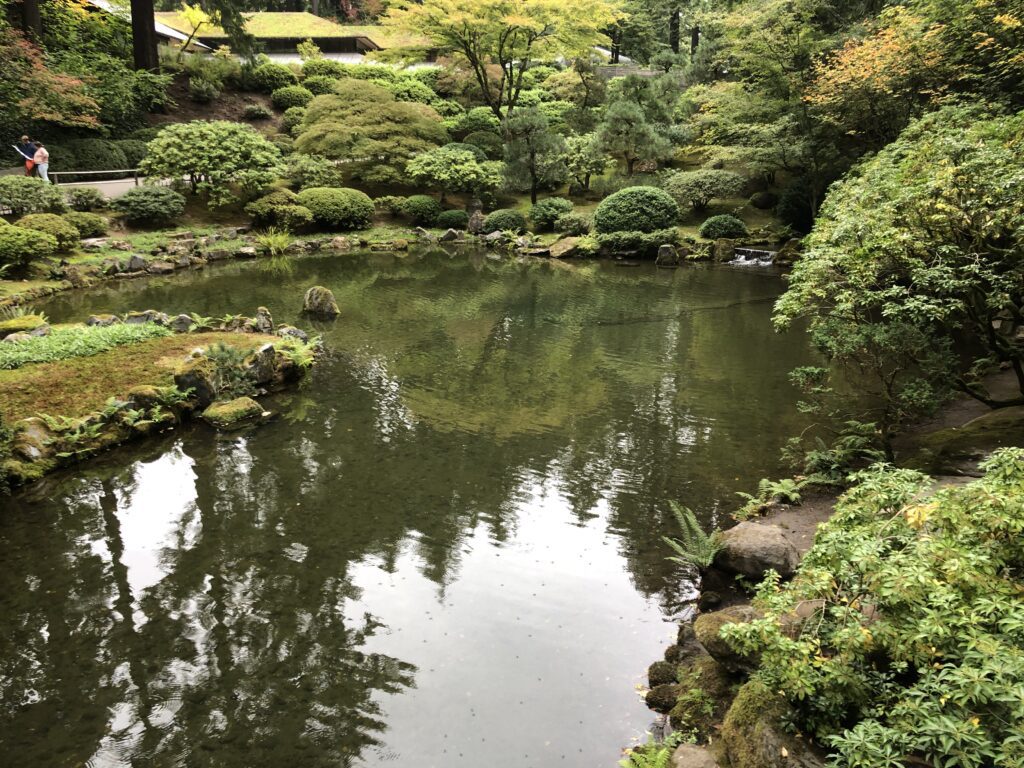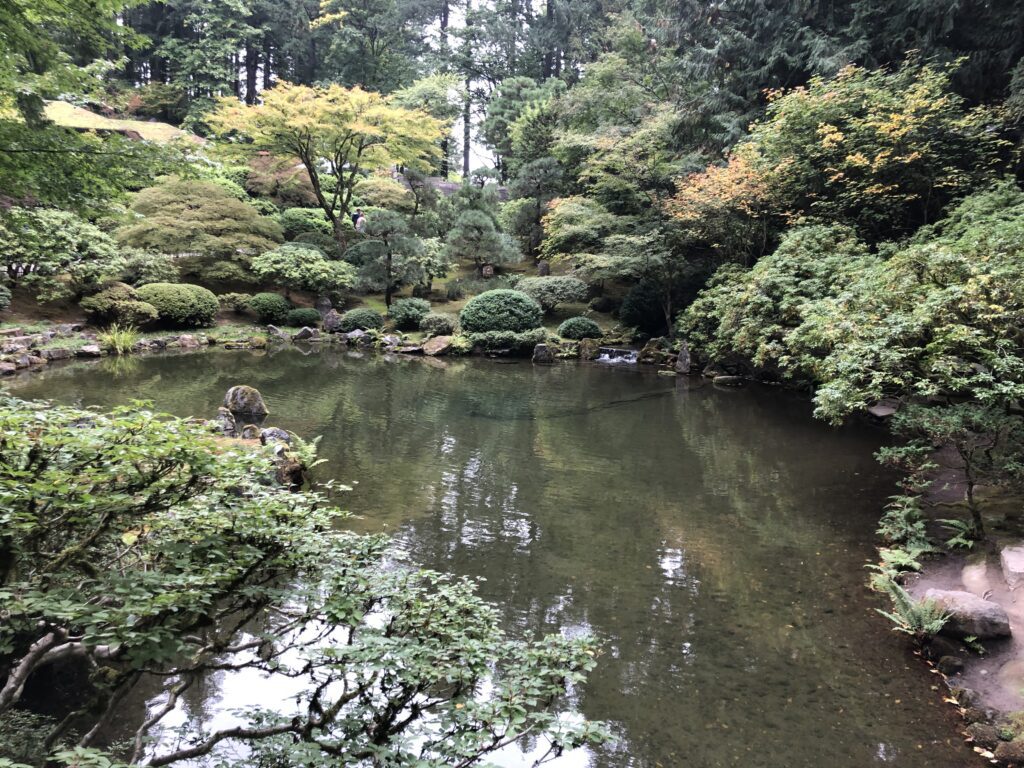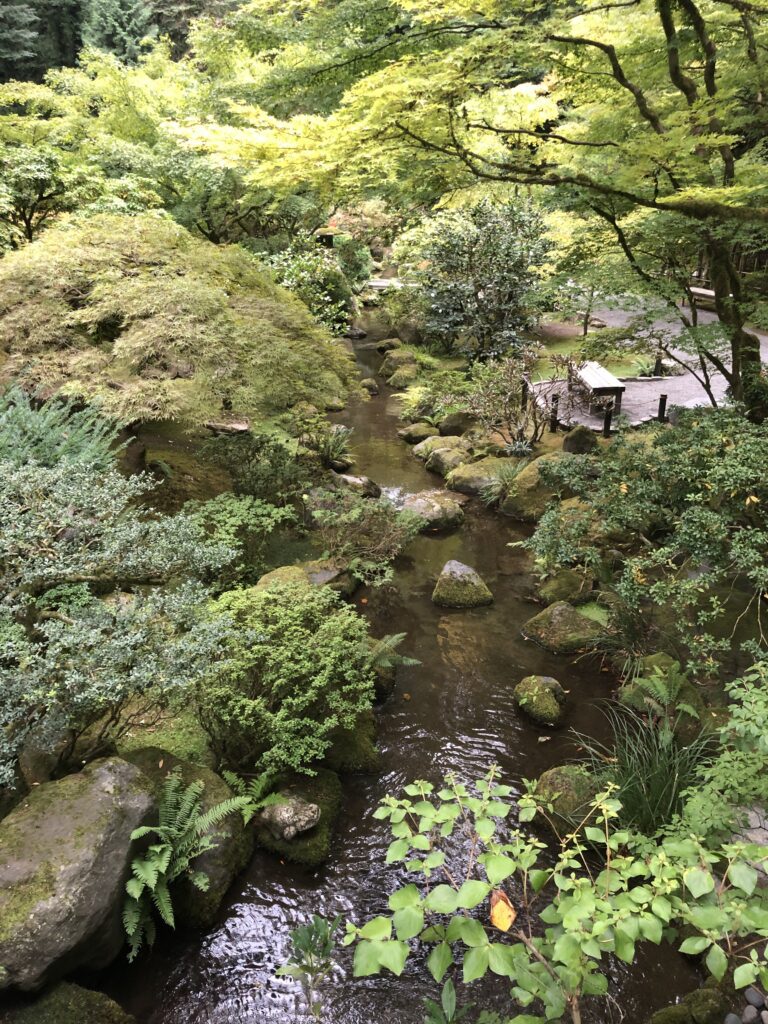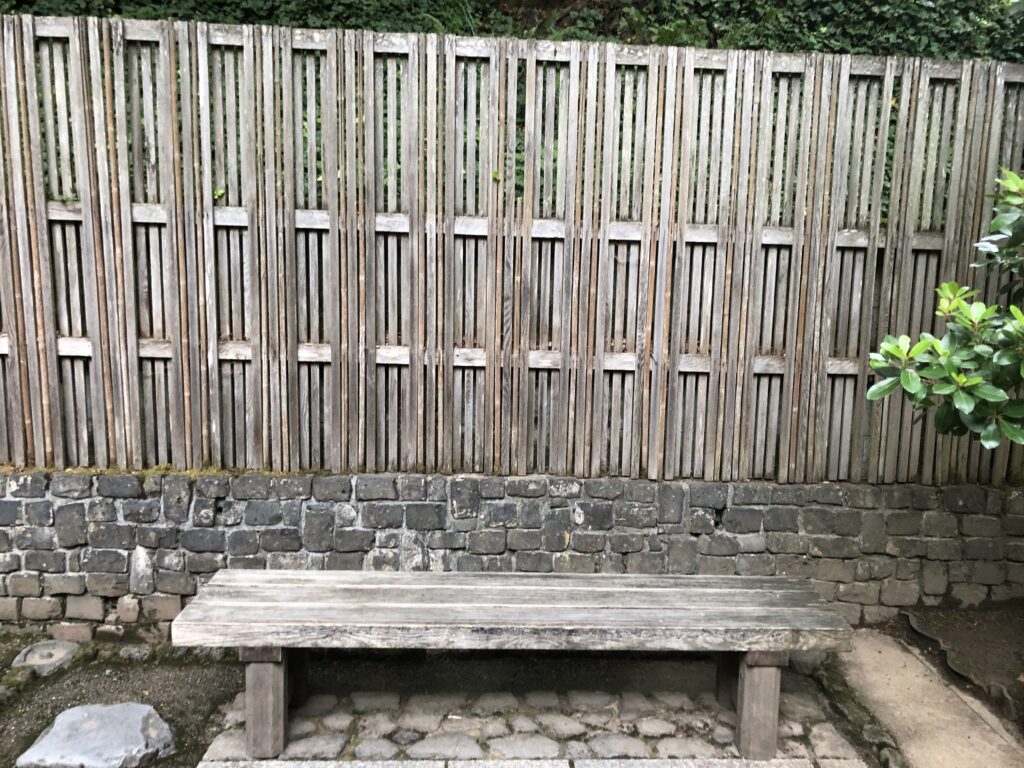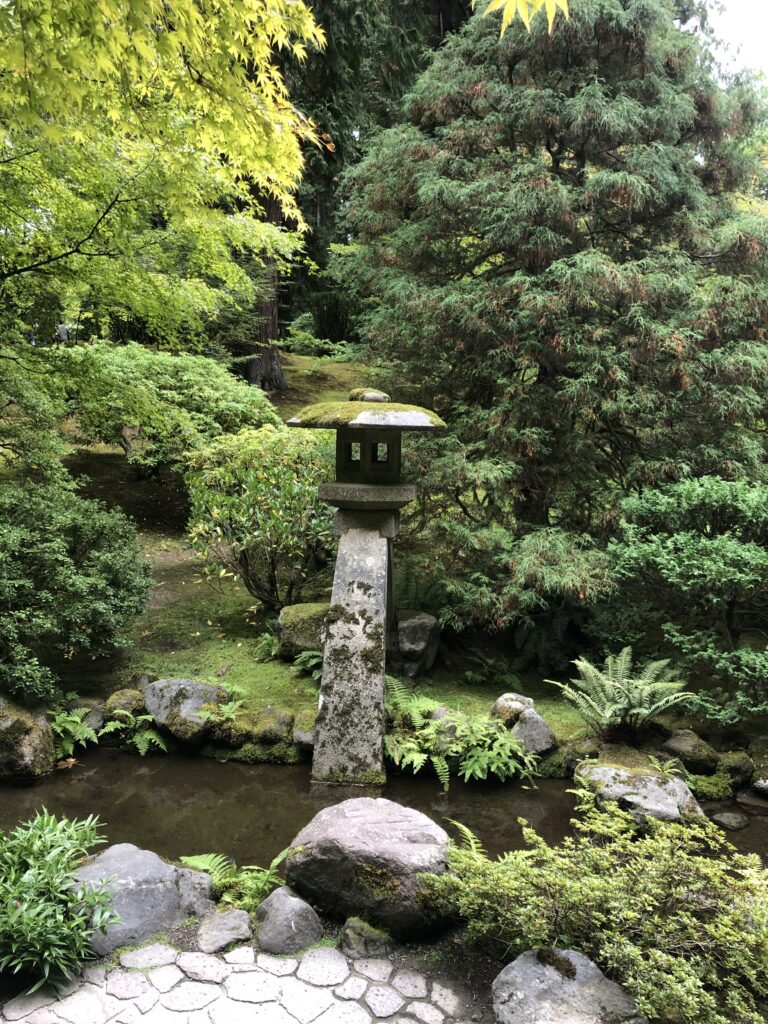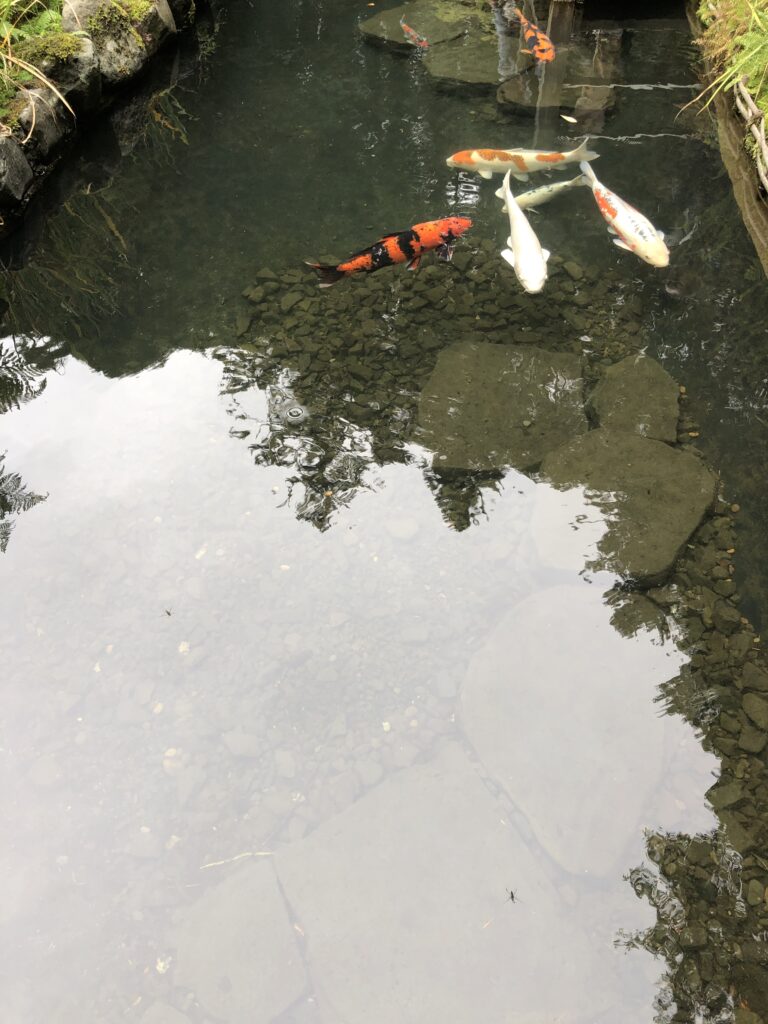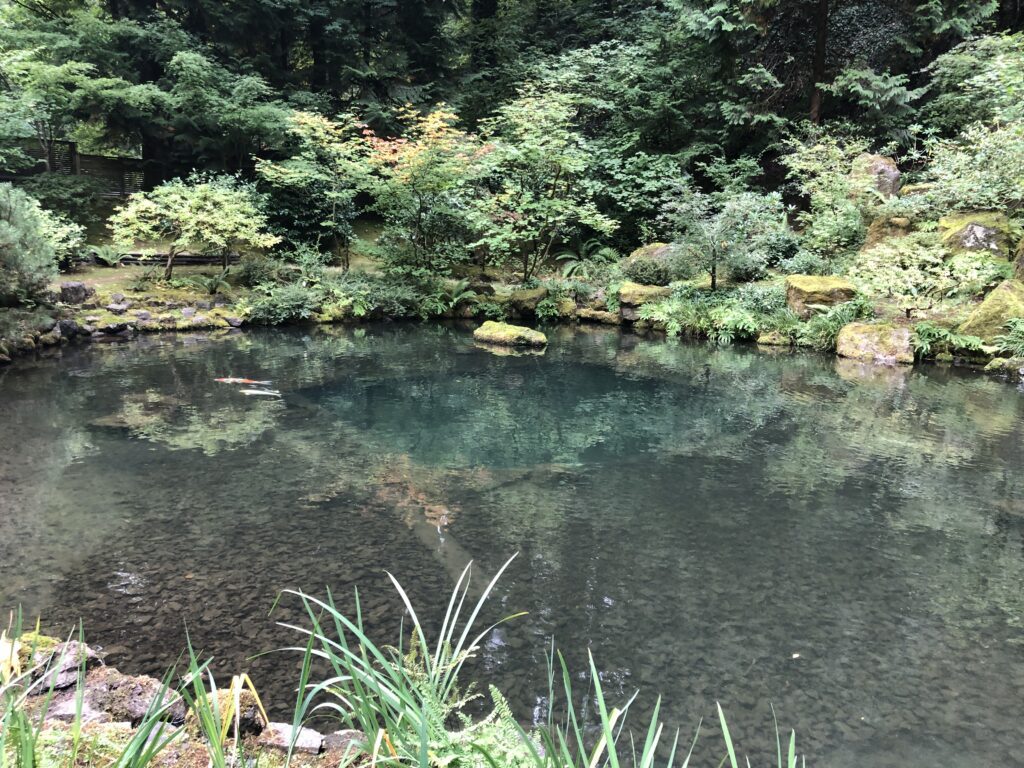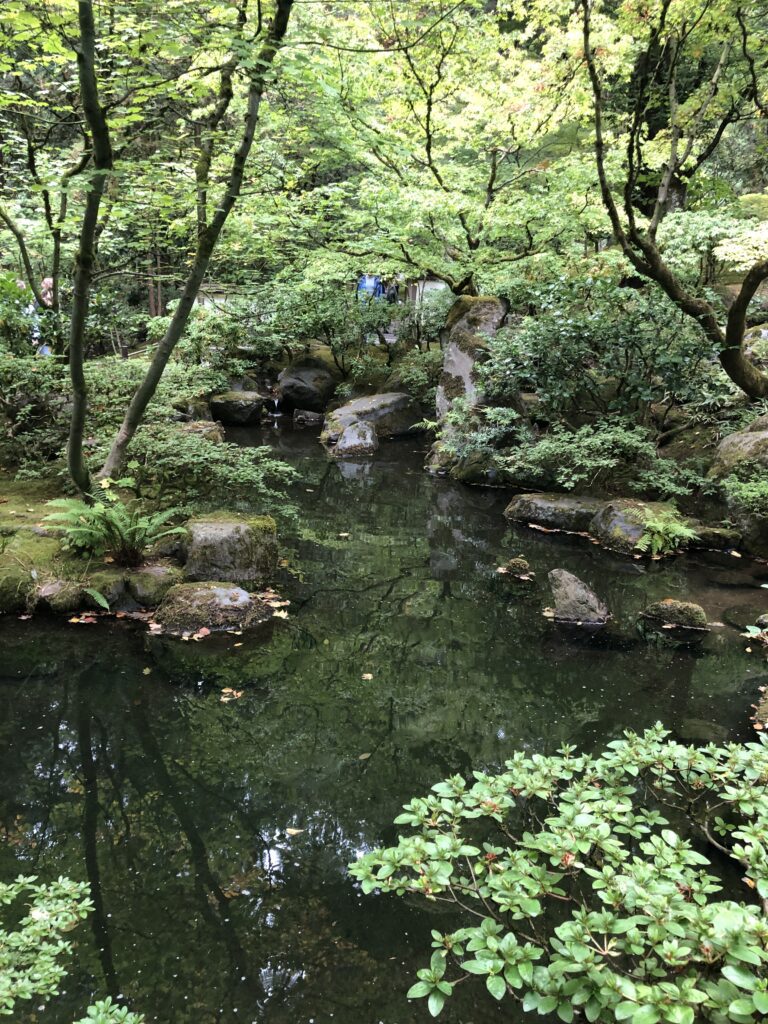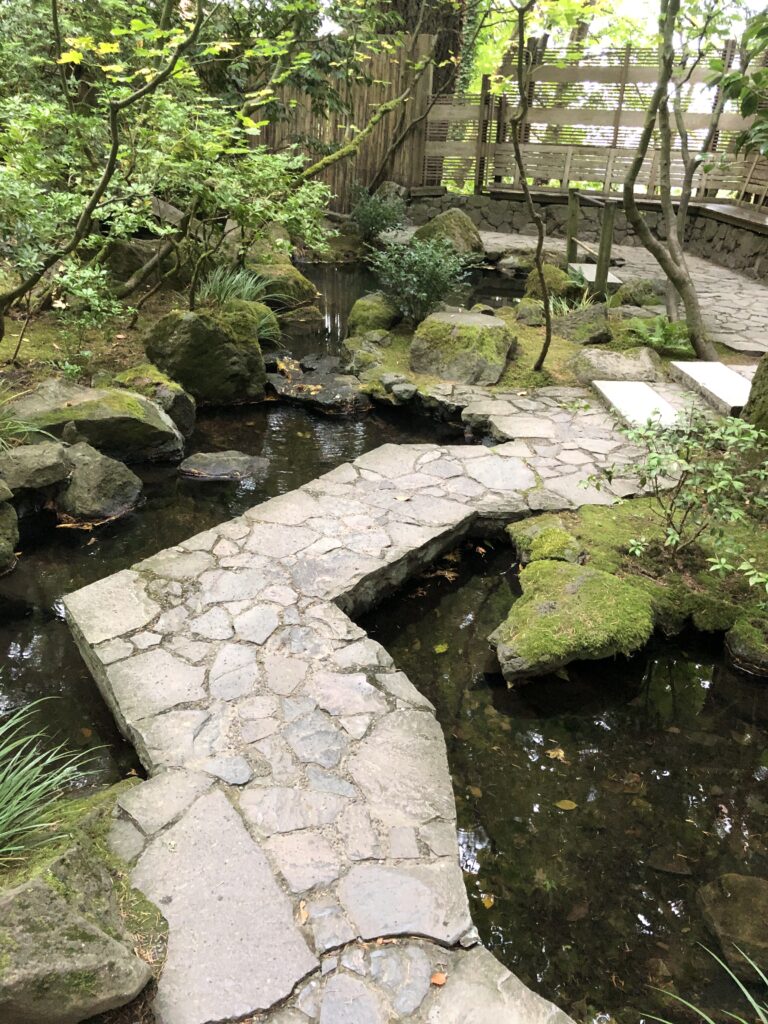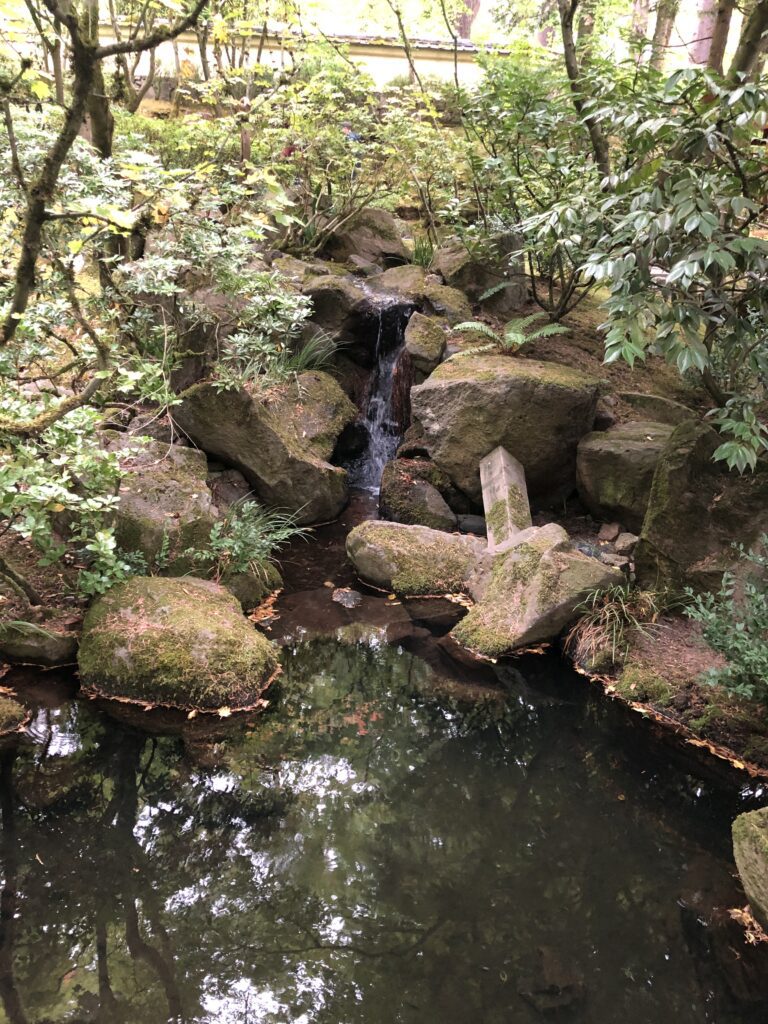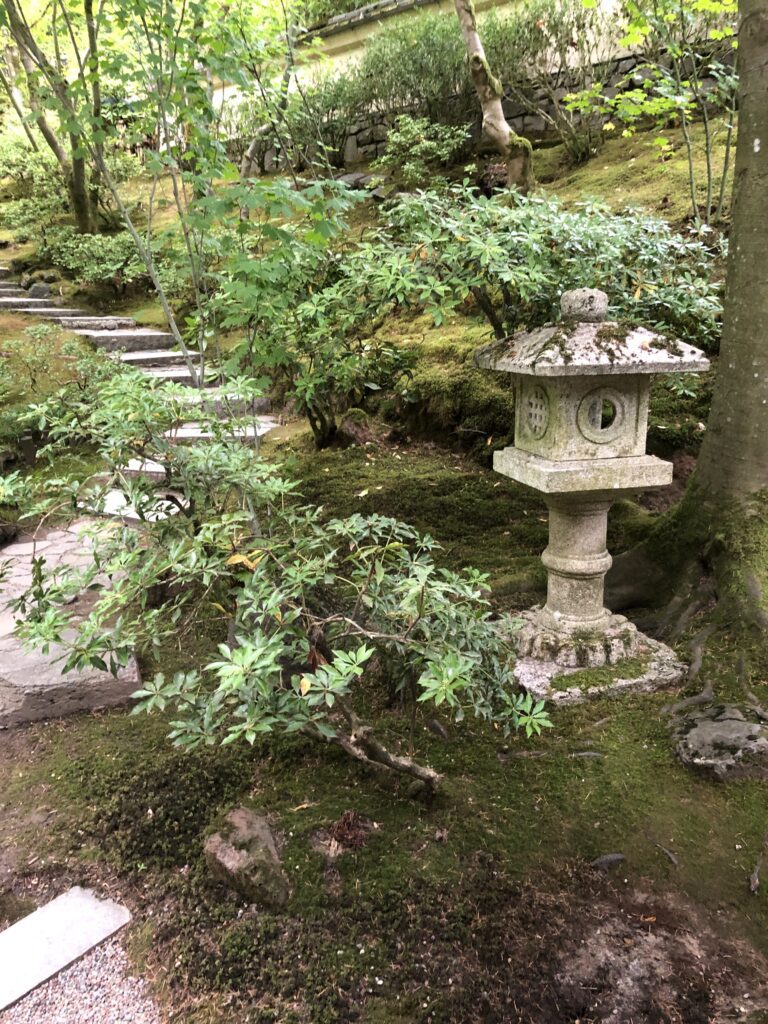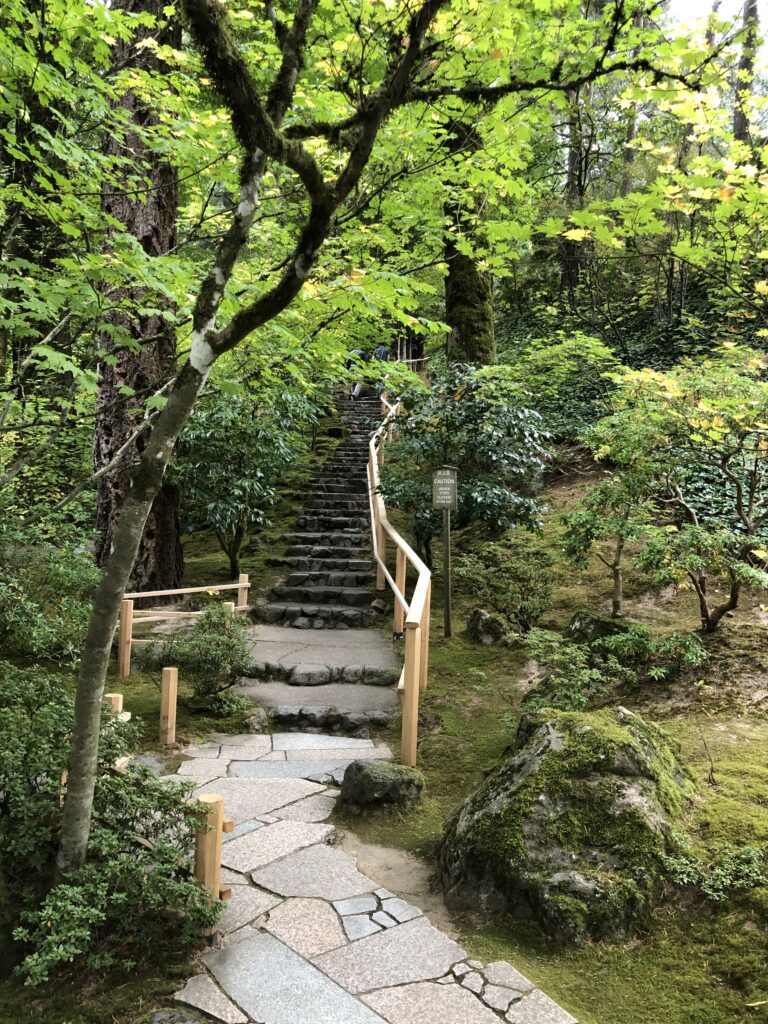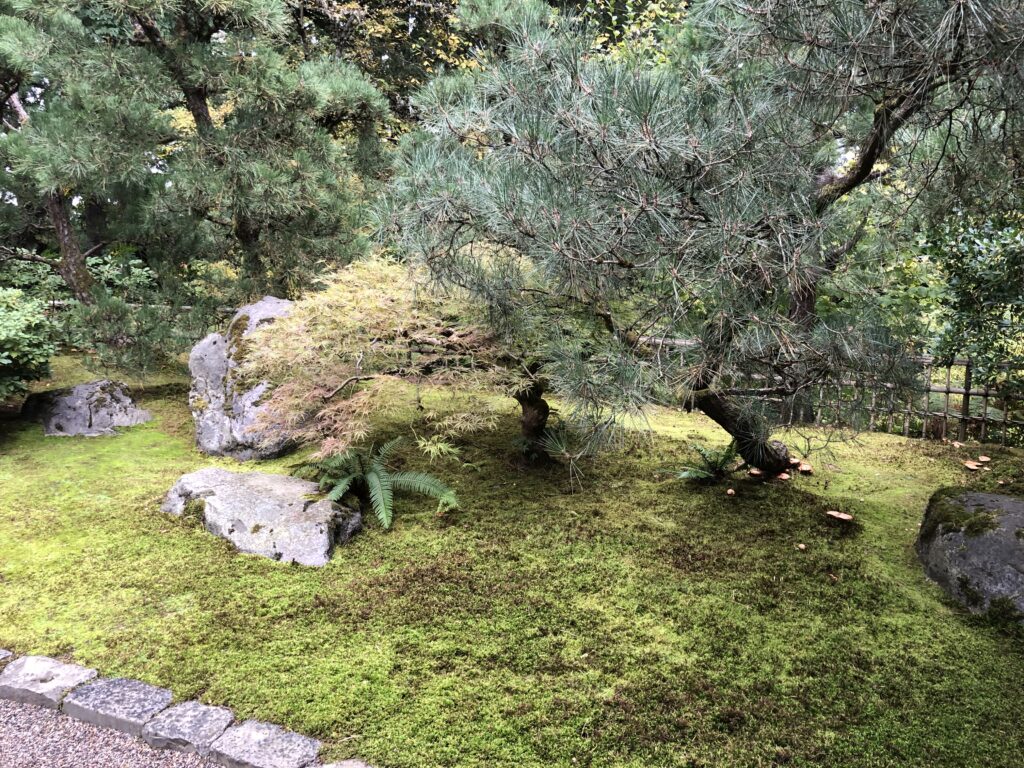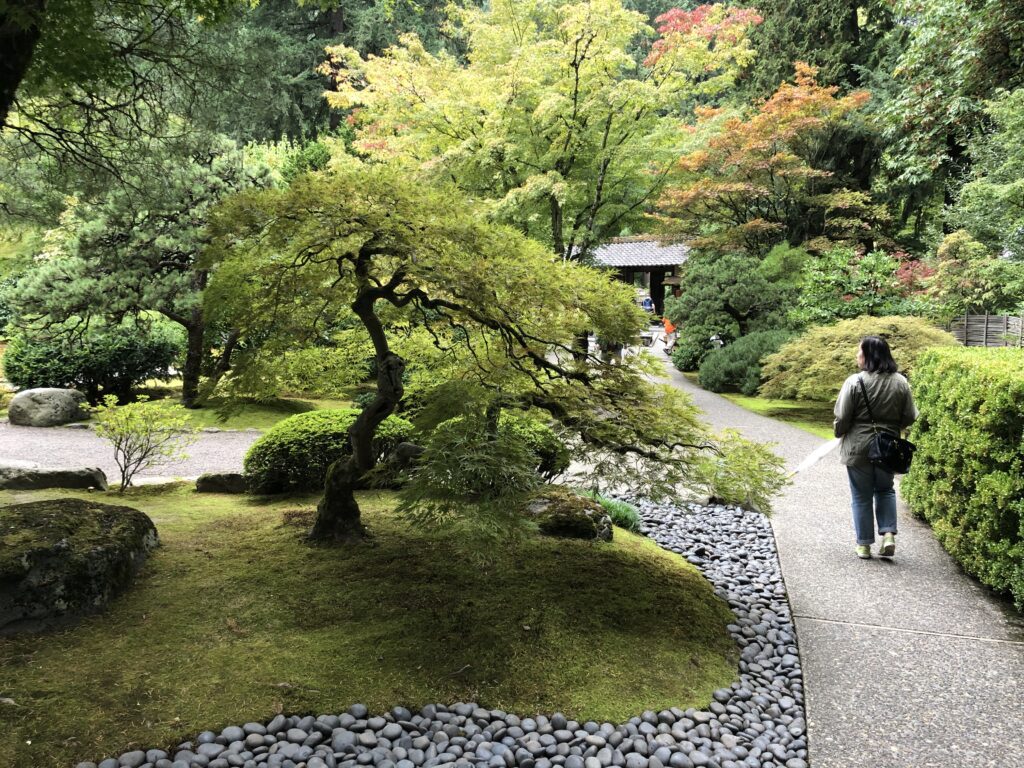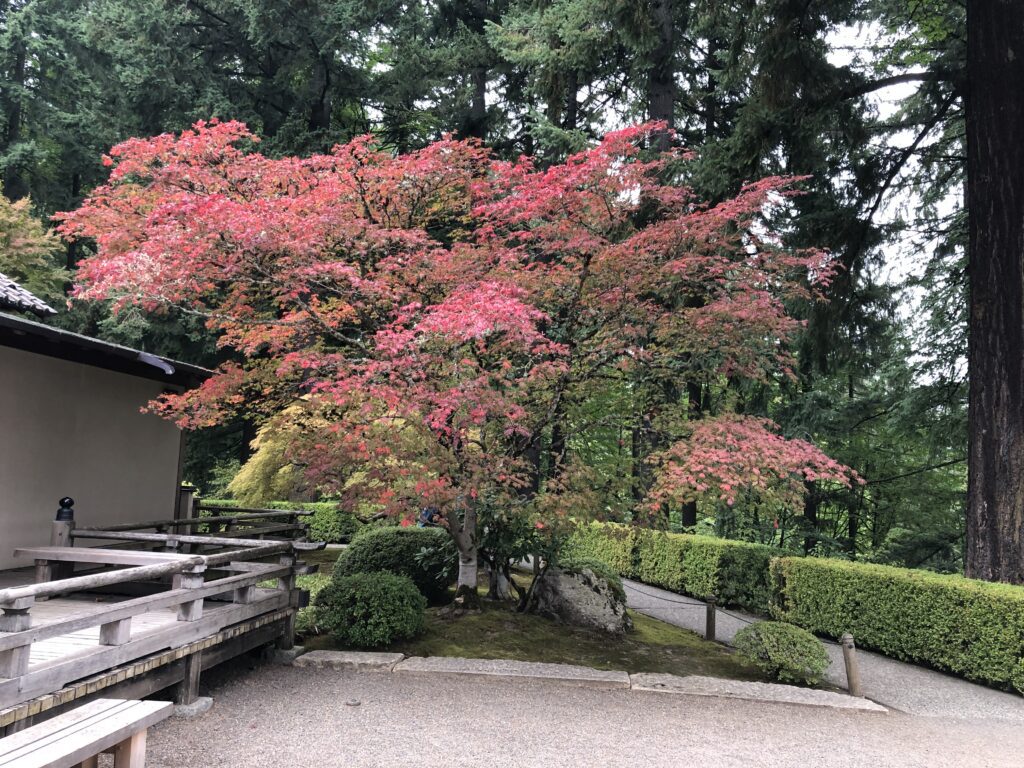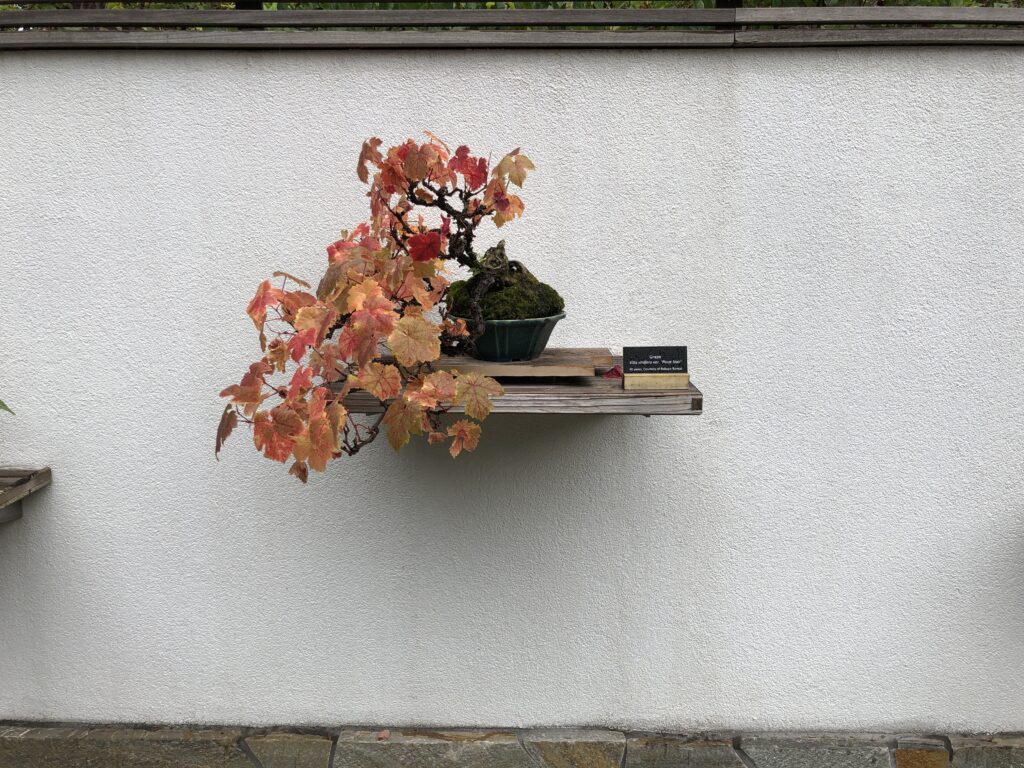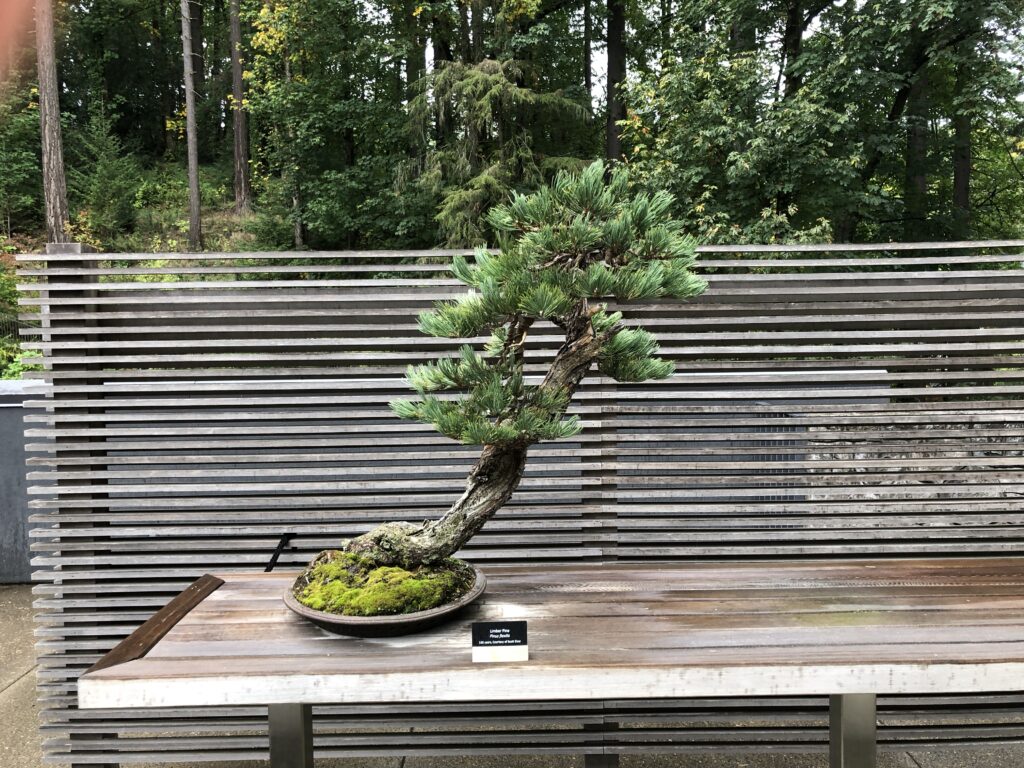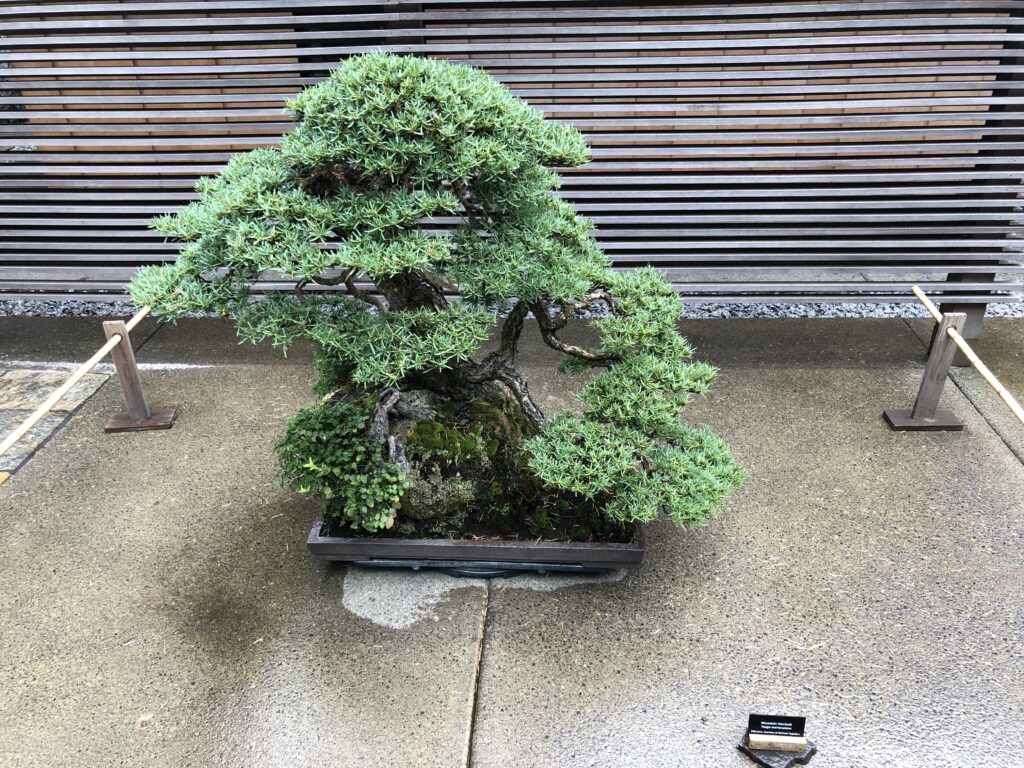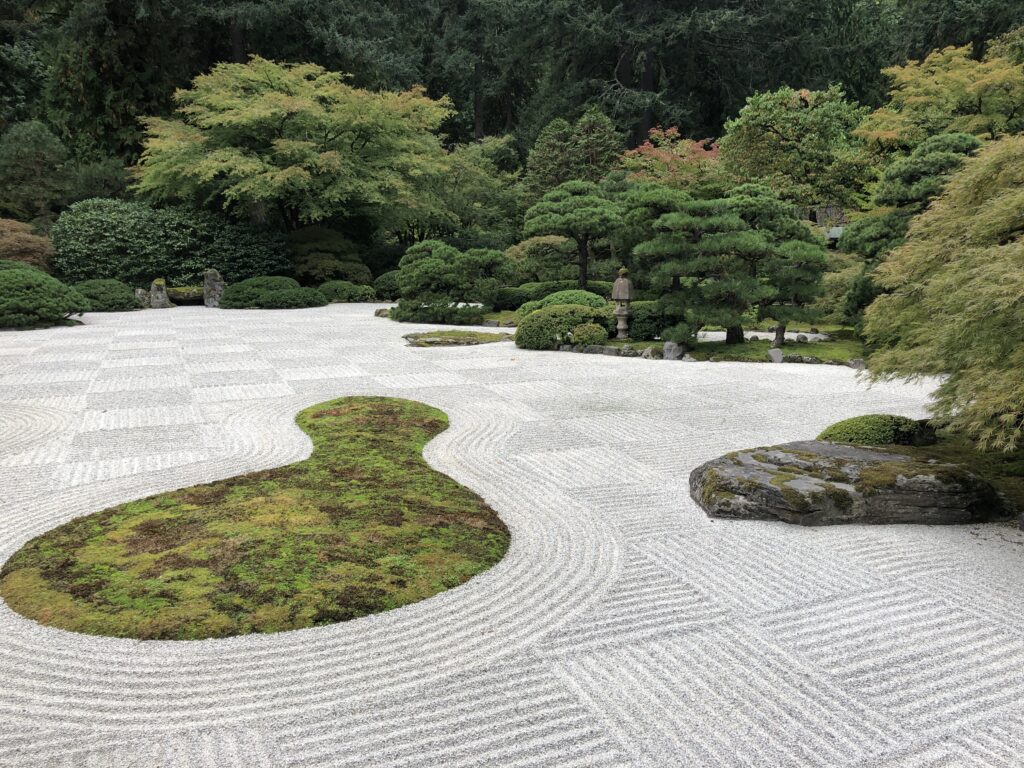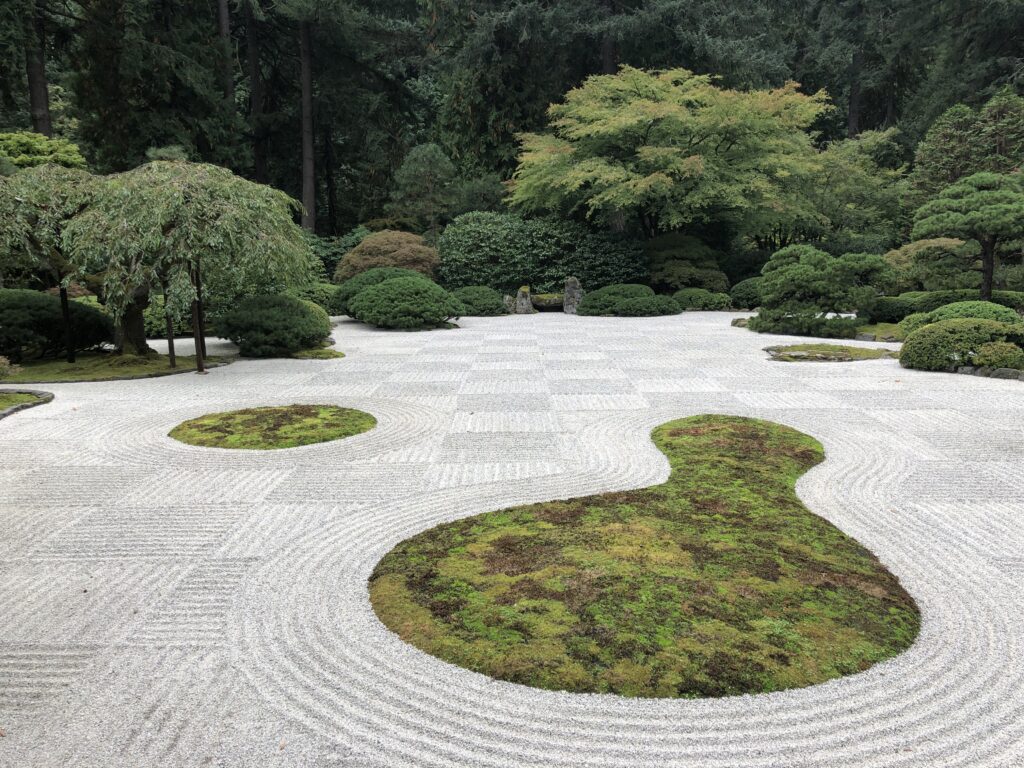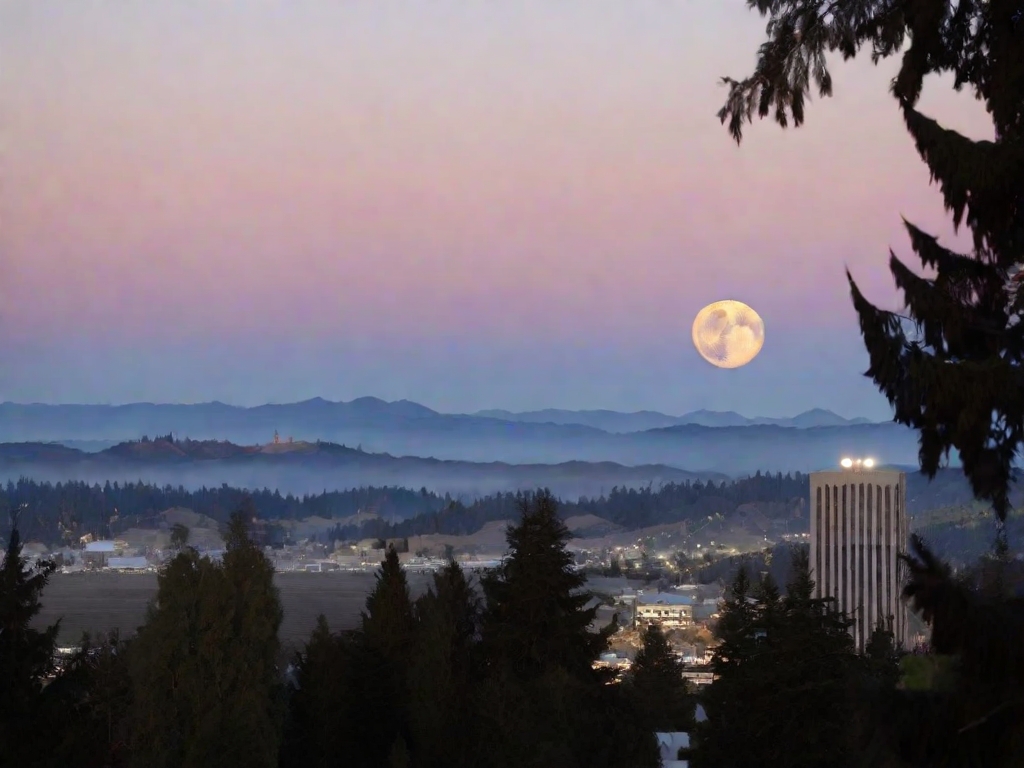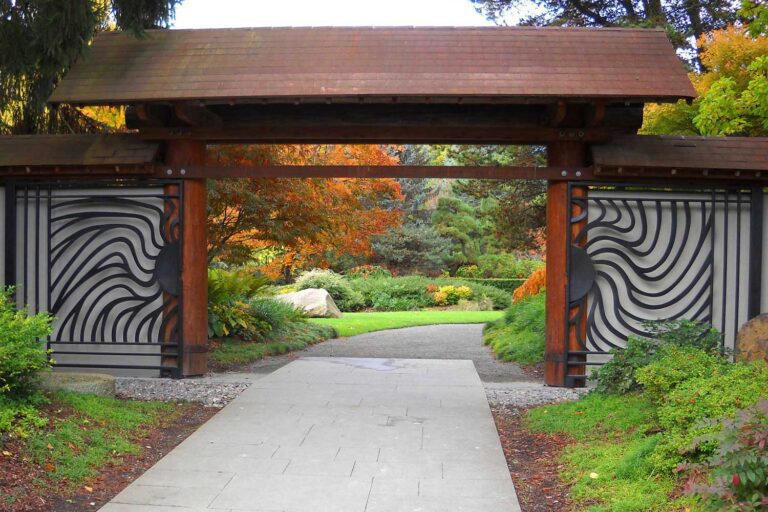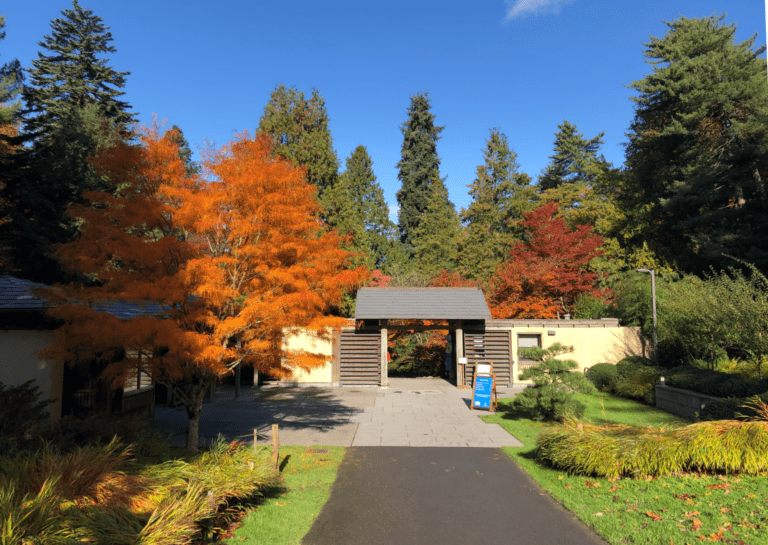Portland Japanese Garden
The Portland Japanese Garden is a peaceful haven of beauty that is open all year round and is regarded as the most authentic Japanese garden outside of Japan. The Garden debuted its new Cultural Village in the spring of 2017 and included garden areas, classrooms, gallery and exhibition space, and the Umami Café.
While the subtlety of various green tones and textures is believed to foster the peace and serenity that Japanese garden designers seek, flowers are greatly valued in Japan, and the seasonal blossoming of trees and bushes is a great occasion to celebrate. Bright bursts of color and contrast that are exclusive to this time of year are brought about by spring in particular.
Pieris (also called andromeda) are in bloom at the Upper Pond in the Strolling Pond Garden and in the Natural Garden. Sakura, or Japanese cherry blossoms, and camellias are known to bloom early in the Portland Japanese Garden. Dogwoods, azaleas, and rhododendrons will soon begin to bloom.
Witness the Portland Japanese Garden as it changes from a springtime burst of color to a lush summer retreat. Look up and take comfort in the verdant summer surroundings as the days get warmer and the sun shines longer.
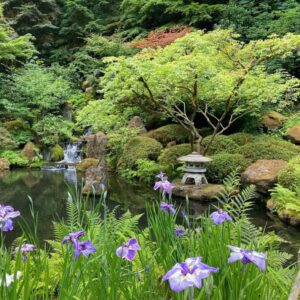
See the Garden bathed in dappled sunlight and a gentle summer glow, whether you’re looking for relief from the sweltering afternoon sun or taking a soothing stroll to let go of the day’s worries.
The Japanese iris bring a splash of color as the garden turns into a charming green landscape, heralding the arrival of summer. Late June sees the buds open, revealing approximately six-inch-wide purple and white flowers. The slender iris leaf, which represents innocence and purity, has the form of a samurai sword blade.
The Strolling Pond Garden’s Lower Pond by Heavenly Falls is home to the Japanese iris beds. They are Japanese iris bred in the Higo variety, which blooms a single flower on a single stalk.
When you visit Portland Japanese Garden in summer, find sanctuary in the midst of modern life, and take solace in the serenity of nature.
The changing of the seasons is cherished in Japan because of their impermanence. The short duration of Japanese maples attaining their peak color just makes one more eager for fall.
The Pacific Northwest bursts into brilliant color and texture once a year, surprising those in a region better renowned for its year-round greenery. Portland Japanese Garden is bustling during this season as the summer’s lush, full, and mature trees exhibit magnificent tones of crimson and gold as they turn into their autumn splendor. Portland Japanese Garden is especially beautiful in the fall.
As the final breath of autumn yields to the tender embrace of winter, a magical transformation unfolds within the Garden. It is during this shift in seasons that we are granted the privilege to witness the garden’s inner beauty and essence in all their profound glory.
Nature’s Metamorphosis
The garden’s metamorphosis, as autumn’s vibrant foliage succumbs to the hush of winter, is a captivating spectacle. With each fallen leaf, the garden’s core is laid bare, and its structural elegance is revealed. The intricate interplay of branches, the subtle curvature of pathways, and the timeless sculptures thoughtfully positioned throughout the landscape come into sharp relief.
A Delicate Palette of Colors
Autumn’s fiery palette fades into a softer, more delicate array of colors, as the last leaves flutter down like whispered secrets. The spectrum of reds and oranges transitions into a monochromatic world of whites and grays, allowing the garden’s core design to shine. Each layer of nature’s architecture becomes more pronounced, a testament to the carefully planned intricacies of the garden’s layout.
The Essence of Silence
Winter brings with it a sense of stillness and serenity that allows visitors to immerse themselves fully in the garden’s essence. The gentle rustle of leaves is replaced by the crisp crunch of snow underfoot, and the world takes on a hushed reverence. This is the season when the garden’s soul, free from the distraction of flamboyant foliage, speaks its most profound truths.
The Power of Resilience
The transition from autumn to winter is a lesson in resilience. The garden, stripped of its summer adornments, stands as a symbol of nature’s enduring strength. It reminds us that beauty isn’t confined to a single season but flows like an undercurrent throughout the year, waiting patiently to be unveiled.
A Journey of Discovery
To witness the garden’s transition from autumn to winter is to embark on a journey of discovery. As each day passes and the garden evolves, we, too, are changed. We learn to see the world with fresh eyes, to appreciate the subtleties, and to find beauty in simplicity.
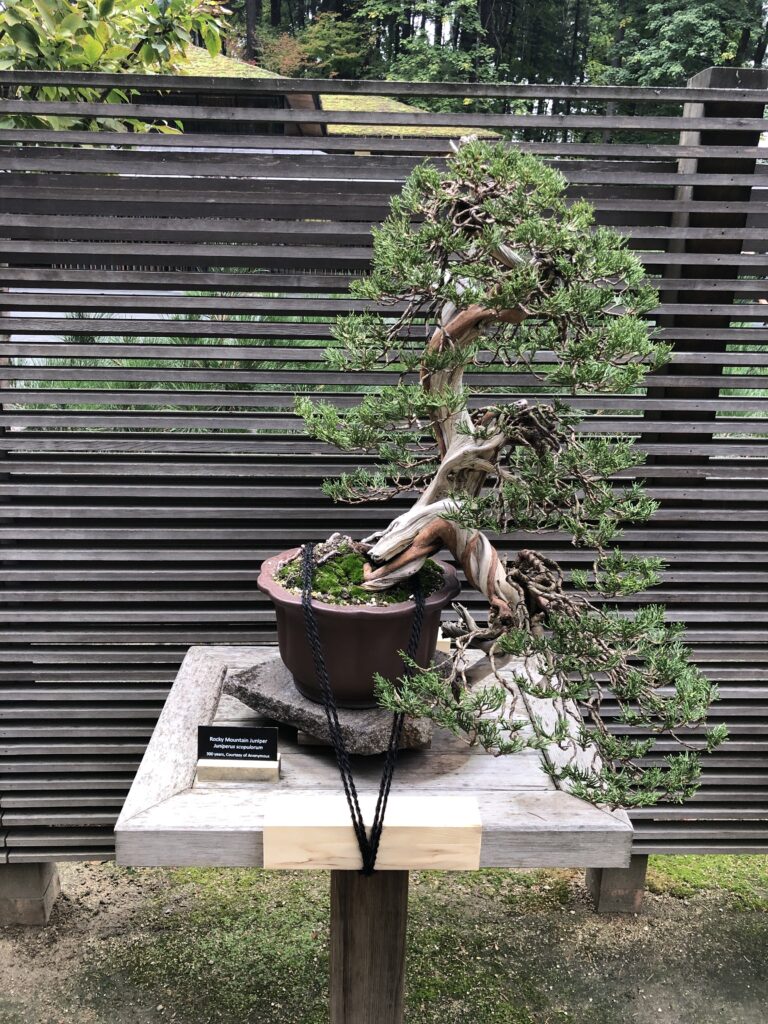
Portland Japanese Garden collaborates with neighborhood and regional bonsai practitioners. Regular rotation of the bonsai on the Terrace will allow repeat visitors to view a wide variety of bonsai species and styles.
O-Tsukimi, the Moonviewing Festival
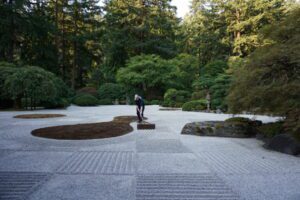
The gardeners at Portland Japanese Garden make this unique checkered pattern, known as ichimatsu moyo, with the white sand in the Flat Garden once a year during the Harvest Moon and our Moonviewing Festival. The Harvest Moon occurred on September 29, 2023.
The Katsura Imperial Villa in Kyoto, Japan, whose design is regarded worldwide as the pinnacle of the traditional Japanese perspective on the utilization of space and elegant simplicity, served as the inspiration for this ichimatsu pattern. The blue and white checkerboard alcove walls and sliding screens of Shokin-tei, one of the tea shops of Katsura Imperial Villa, are well-known.
The design was quite modern for its day. Some even think that this is the essence of Katsura.
Tours
Tours are available at 10:15am, 11:15am, 12:15pm, and 2:15pm
Reservations are required, and tours are limited to 10 individuals in order to maintain the Garden’s tranquility for the other guests.
Location
611 SW Kingston Avenue
Portland, OR 97205
Tuesday
Wednesday
Thursday
Friday
Saturday
Sunday
10 am – 3:30 pm
10 am – 3:30 pm
Closed
10 am – 3:30 pm
10 am – 3:30 pm
10 am – 3:30 pm

